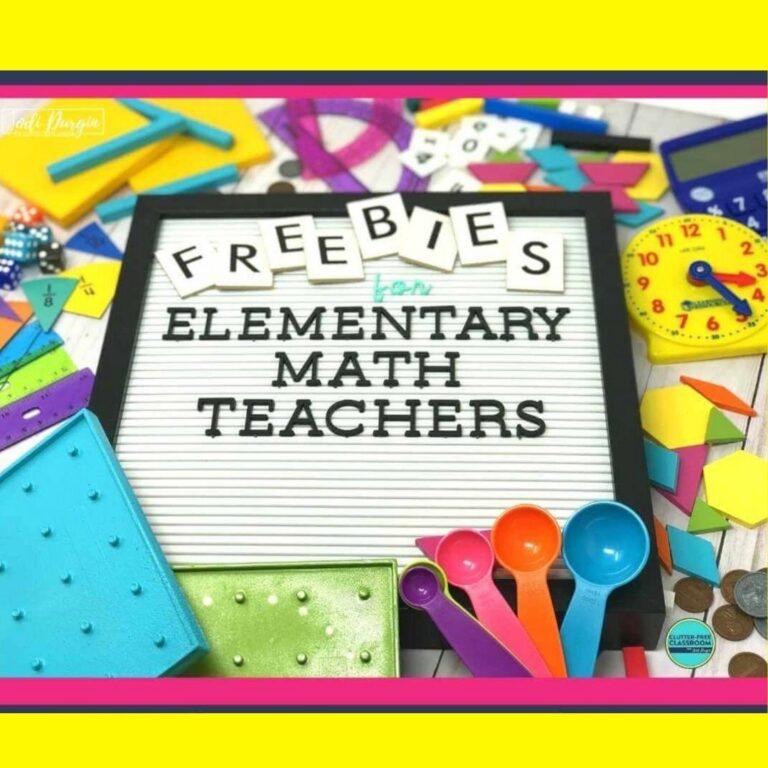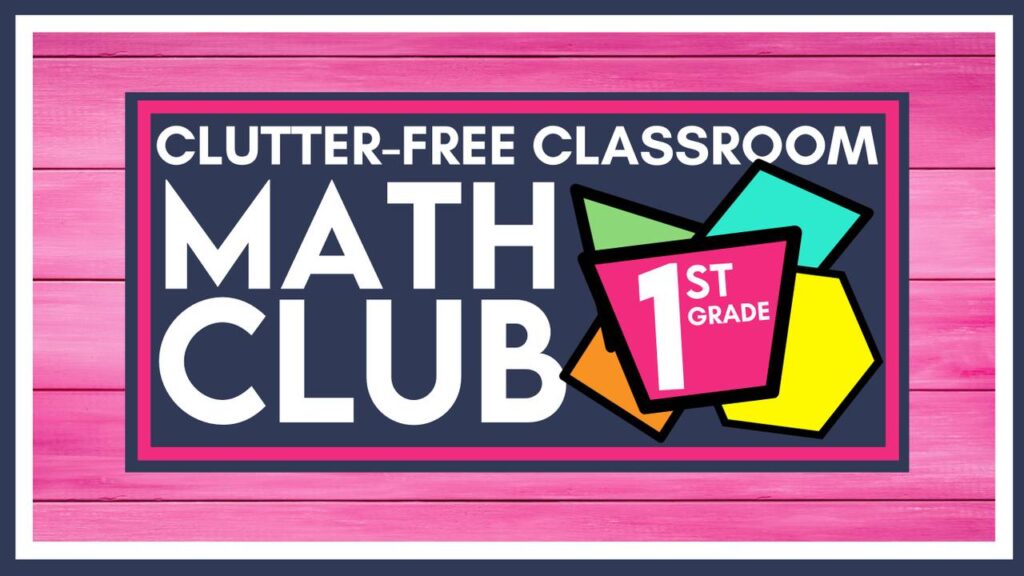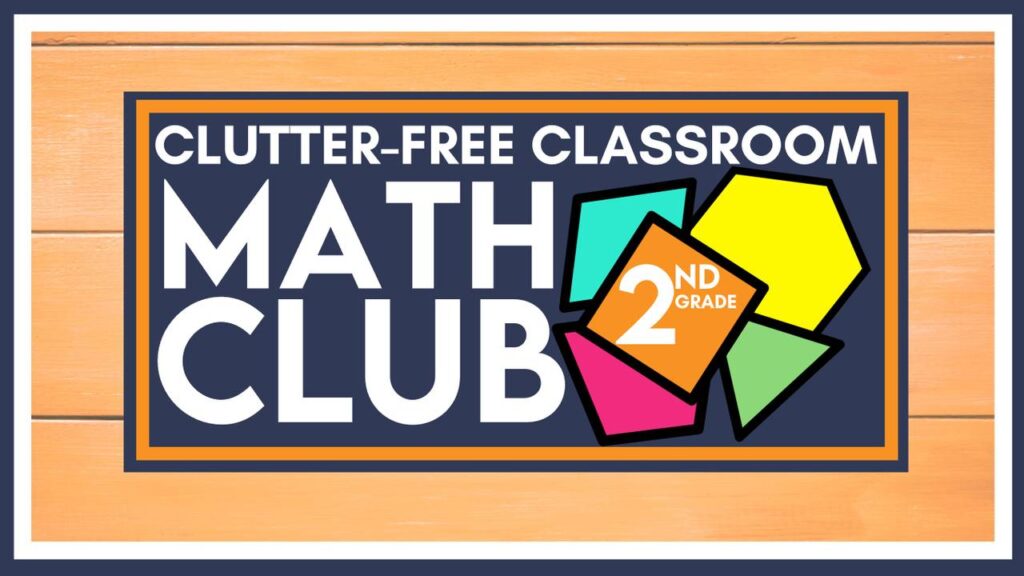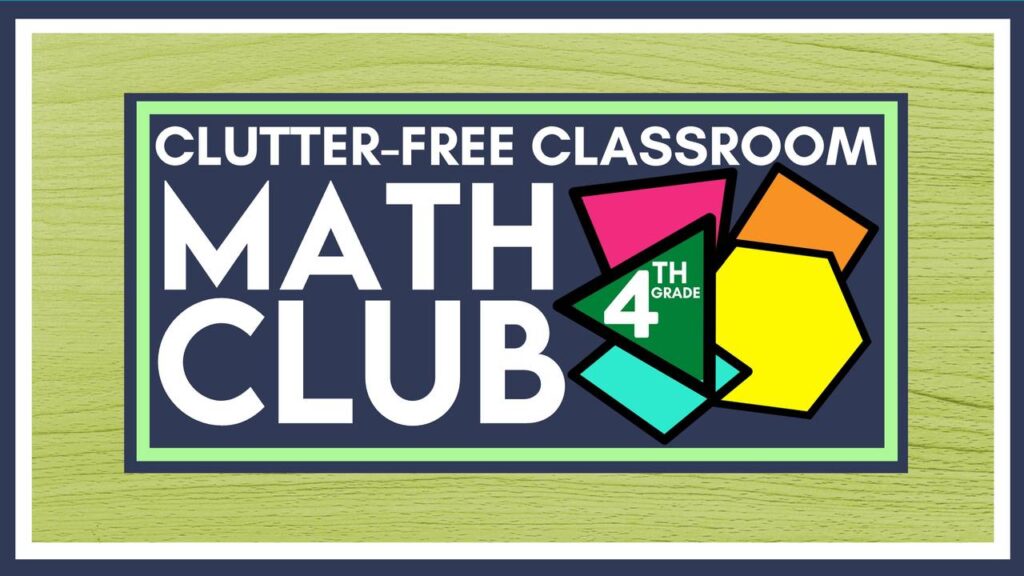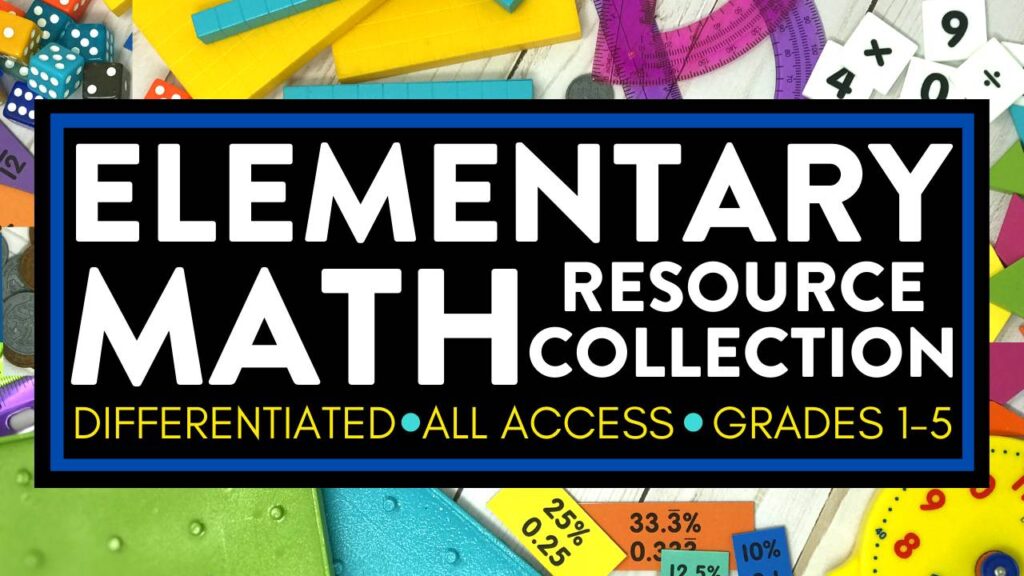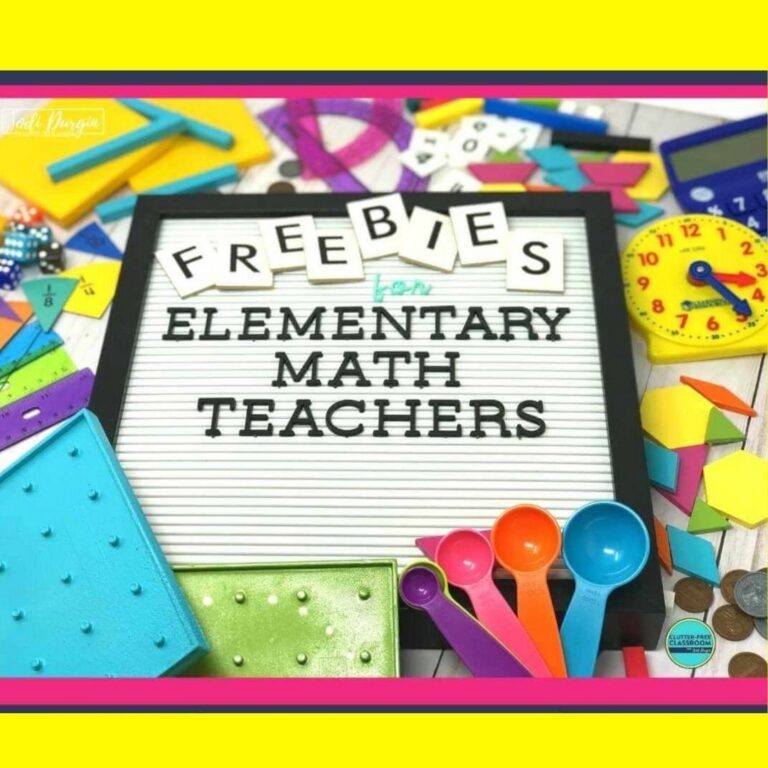If you are an elementary teacher looking for tips and ideas for how to teach perimeter, then you found the right place! Learn what perimeter is, why it’s important, what your students need to know, and get 5 helpful tips for teaching it in a fun and engaging way. Read all about teaching perimeter below!
What is Perimeter?
Perimeter is the boundary that surrounds a shape. The perimeter can be found by finding the total length of the sides of a two-dimensional shape.
Why is Perimeter Important?
It is important for students to learn perimeter because measurement helps to quantify physical space. In addition, perimeter provides a foundation for more advanced mathematics found in algebra, trigonometry and calculus.
What Perimeter Skills Do Students Need to Know?
Below are the Common Core and TEKs standards that relate to perimeter that define what students should be able to do by the end of the school year.
Common Core Standards
Below are the CCSS related to how to teach perimeter.
3rd Grade
- Solve real world and mathematical problems involving perimeters of polygons, including finding the perimeter given the side lengths, finding an unknown side length, and exhibiting rectangles with the same perimeter and different areas or with the same area and different perimeters. (3.MD.D.8)
4th Grade
- Apply the area and perimeter formulas for rectangles in real world and mathematical problems. For example, find the width of a rectangular room given the area of the flooring and the length, by viewing the area formula as a multiplication equation with an unknown factor. (4.MD.A.3)
TEKS
Below are the TEKS related to how to teach perimeter.
3rd Grade
- Determine the perimeter of a polygon or a missing length when given perimeter and remaining side lengths in problems; revised August 2017 15 (3.7B)
4th Grade
- Use models to determine the formulas for the perimeter of a rectangle (𝑙 + 𝑤 + 𝑙 + 𝑤 or 2𝑙 + 2𝑤), including the special formula for perimeter of a square (4𝑠) and the area of a rectangle (𝑙 x 𝑤); and (4.5.C)
- Solve problems related to perimeter and area of rectangles where dimensions are whole numbers. (4.5.D)
5th Grade
- Represent and solve problems related to perimeter and/or area and related to volume. (5.4.H)
5 Tips for How to Teach Perimeter
Below are 5 helpful tips for teaching perimeter to elementary students.
1. Read Aloud Picture Books that Teach Perimeter
Reading aloud picture books is a great way to integrate literacy into your math block and present information in a different way. Our favorite picture books for teaching perimeter are Library Book: Spaghetti & Meatballs for All! A Math Story (Rise and Shine) by National Geographic Learning, Perimeter, Area, and Volume: A Monster Book of Dimensions by David Adler and Racing Around (Math Start series) by Stuart Murphy. Check out the full list of math picture books we recommend!
2. Offer Hands On Learning Experiences
Hands-on math experiences help students make connections, remember their learning, and develop a deep conceptual understanding of the content. You can make any lesson interactive and engaging by offering math manipulatives. Our favorite math manipulatives for teaching perimeter are geoboards and 1 inch tiles.
3. Explicitly Teach Related Math Vocabulary
Teaching math vocabulary is essential for all students, but it is especially beneficial for students who speak English as a second language and students with learning differences. Key vocabulary terms for perimeter are perimeter, area, formula, two-dimensional, one-dimensional, shapes, attribute, properties, parallelogram, row, parallel, dimensions, side, length, width, distance, units, measure, measurement, ruler, column, quadrilateral, polygon, rhombus, rectangle and square.
4. Give Students Opportunities to Apply Perimeter to the Real World
Learning becomes more meaningful when students understand how it connects to the real world. Students are more engaged and invested in their learning. Some examples of ways we use perimeter in the real world are when putting up fencing in a yard, finding the total length of the boundary of a football field, or the length of material needed to make a frame for a picture. Project based learning and word problems are examples of opportunities for students to apply their learning to real world situations.
5. Encourage Parent Involvement
Parent participation in math is essential because it impacts students’ attitude toward math, proficiency levels this school year, and future success in their math education. Be sure to keep communication open with families and share ways they can support their children in their math learning. Some examples of ways they can practice perimeter at home are working together to determine how many yards of Christmas lights they will need to hang around the house, building a pool or determining if a new table will fit in the dining room.
In closing, we hope you found this information about how to teach perimeter helpful!

